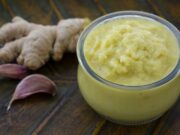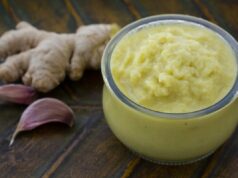Punjabi cuisine, known for its rich and hearty flavors, is a beloved part of Indian culinary tradition. From creamy Dal Makhani to spicy Butter Chicken and rustic Sarson Da Saag, the secret to its deliciousness lies in a few key techniques. Whether you’re a seasoned cook or a beginner, these 8 tips will help you master the art of Punjabi cooking and bring the authentic taste of Punjab to your kitchen.
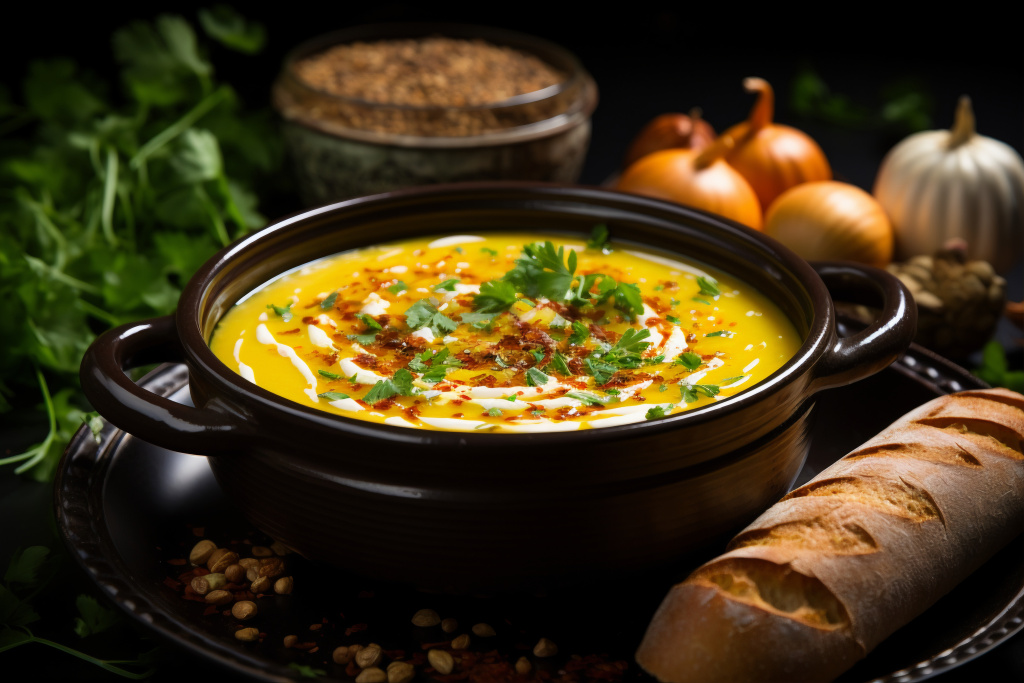
1. The Power of “Tadka” (Tempering)
The “tadka” is the soul of many Punjabi dishes. It’s a crucial step where whole spices like cumin seeds, mustard seeds, and dried red chilies are fried in hot oil or ghee until they crackle and release their aroma. This tempered oil is then poured over the cooked dish, adding a burst of flavor and a beautiful fragrance. Don’t rush this step—let the spices sizzle to perfection.
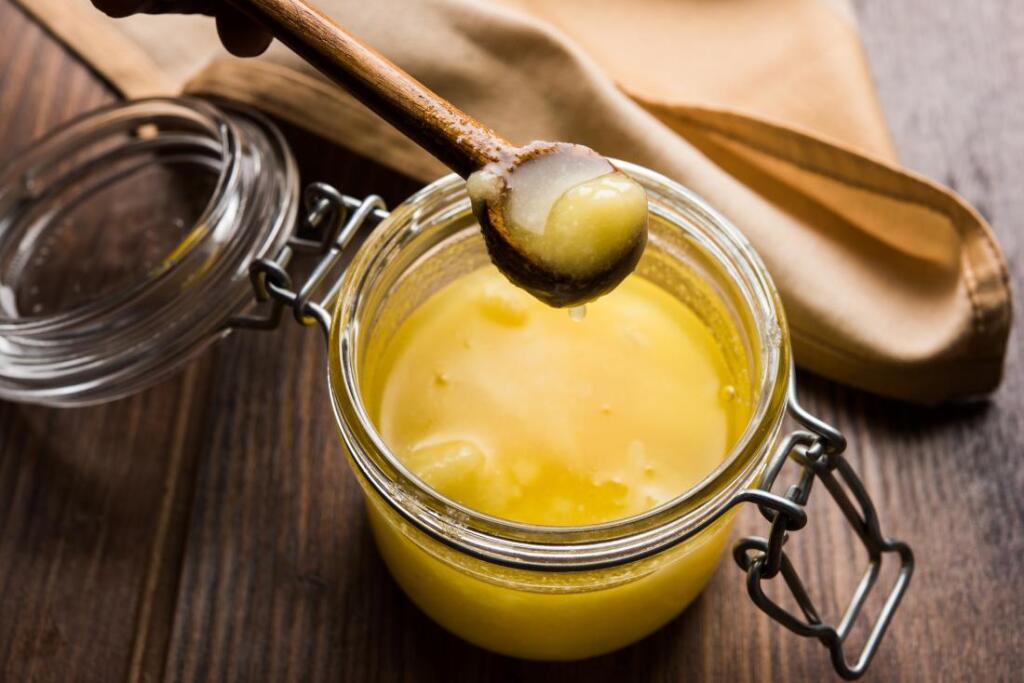
2. The Generous Use of Ghee and Butter
Punjabi food is not for the faint-hearted when it comes to fats. Ghee (clarified butter) and butter are staples that give dishes their signature richness and glossy finish. A dollop of butter on top of Dal Makhani or a generous amount of ghee in your parathas is not just for taste; it’s an integral part of the authentic experience.
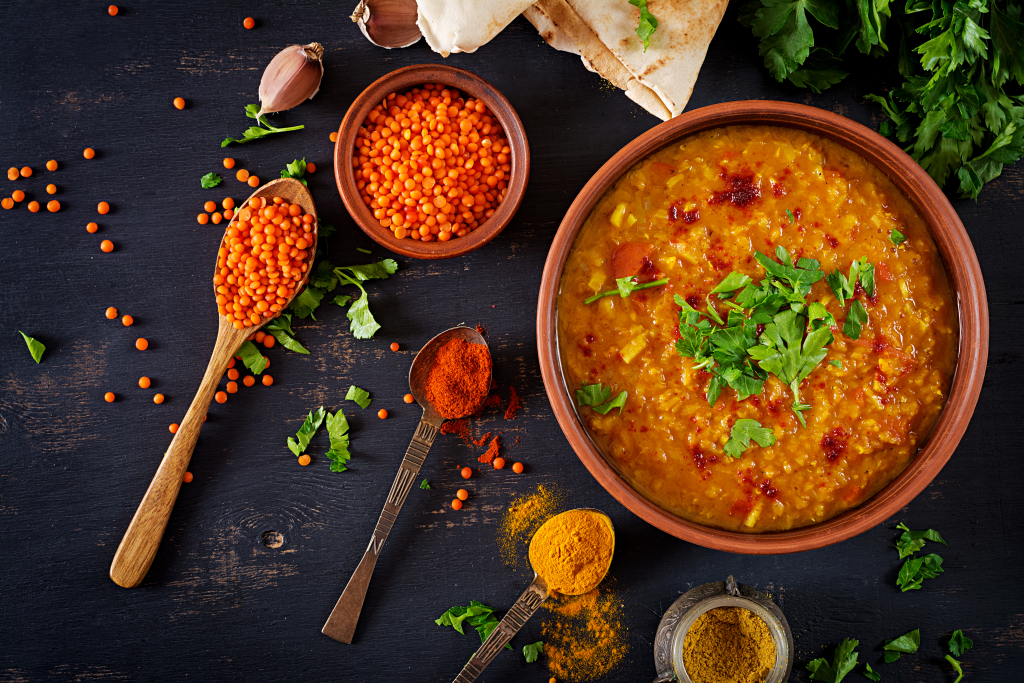
3. Slow Cooking is Key, Especially for Daals
For dishes like Dal Makhani, patience is a virtue. The traditional method involves slow-cooking the lentils for hours, often overnight, to achieve that creamy, melt-in-your-mouth consistency. This slow cooking allows the flavors of the spices to meld deeply with the lentils, creating a complex and satisfying taste that can’t be replicated with quick-cook methods.
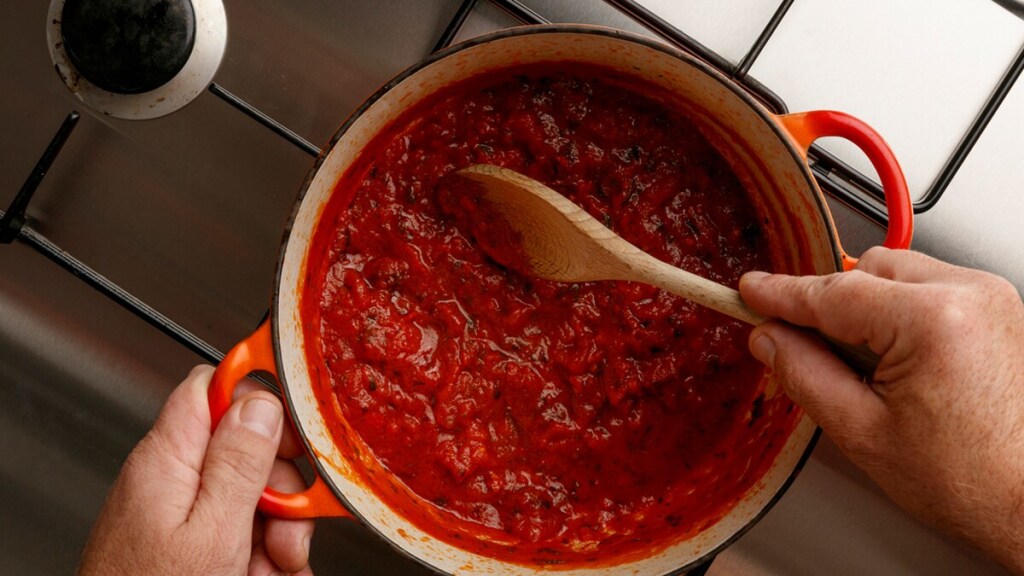
5. The Secret to a Creamy Gravy: Tomatoes
Once the onion-ginger-garlic paste is ready, add tomato purée or finely chopped tomatoes and cook it down until the oil starts to separate from the mixture. This process, known as “browning the tomatoes,” is essential for a smooth, velvety gravy. For an extra creamy texture, you can add a little yogurt or cream at the end, but always do so on low heat to prevent curdling.

6. Fresh Herbs for Garnish and Flavor
Fresh herbs like coriander and mint are not just for decoration. A sprinkle of freshly chopped coriander at the end of cooking adds a burst of freshness that balances the rich, heavy flavors of the curry. In dishes like raita or chutneys, mint is a hero ingredient that provides a cool, zesty contrast.
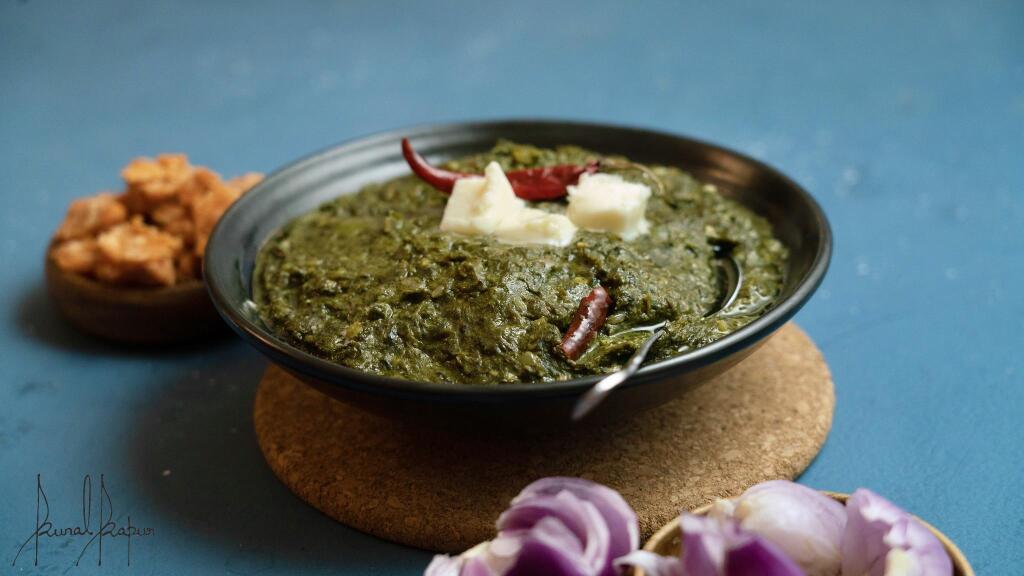
7. Mastering the Art of Sarson Da Saag
The perfect Sarson Da Saag (mustard greens curry) requires a meticulous process. It involves slow-cooking mustard greens and other leafy vegetables with ginger, garlic, and green chilies. The secret to its unique flavor is a tempering of garlic and dried red chilies in ghee, along with a “makki ki roti” (cornmeal flatbread) to thicken it.
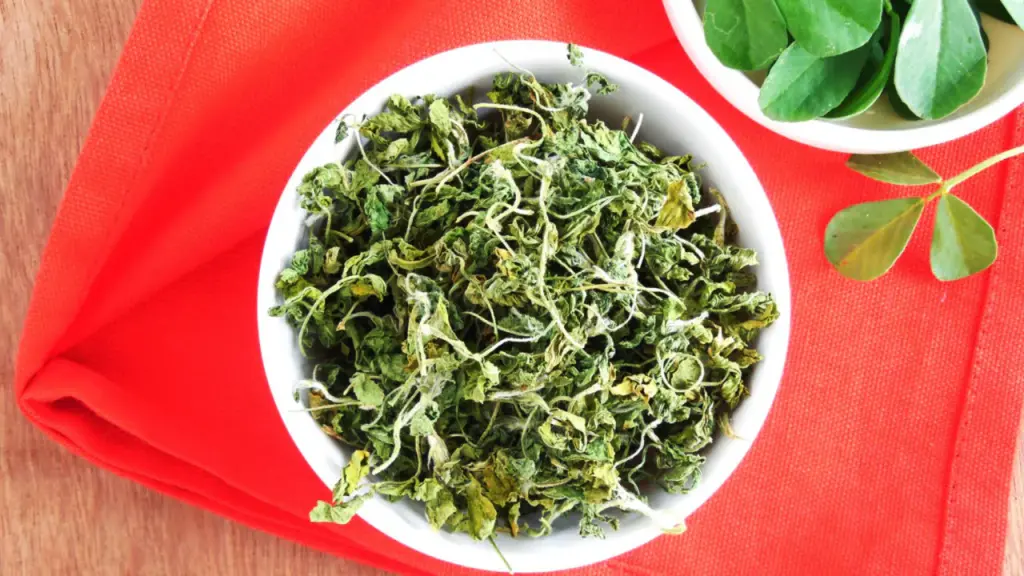
8. Don’t Forget the Kasuri Methi
A pinch of dried fenugreek leaves (kasuri methi) is a secret weapon in many Punjabi curries. Just before serving, lightly roast the kasuri methi in your palm and crush it between your hands before adding it to the dish. This simple step adds a wonderful, slightly bitter, and aromatic flavor that elevates the entire dish, particularly in gravies like butter chicken and dal makhani.
Conclusion
So there you have it—eight essential tips to help you unlock the true potential of Punjabi cuisine. By paying attention to these details, from the sizzling “tadka” to the final sprinkle of kasuri methi, you can transform your cooking and create dishes that are rich, flavorful, and truly authentic. Happy cooking!
#PunjabiCuisine #IndianCooking #CookingTips #PunjabiFood #DalMakhani #ButterChicken #SarsonDaSaag #IndianRecipes #Foodie #HomeCooking



